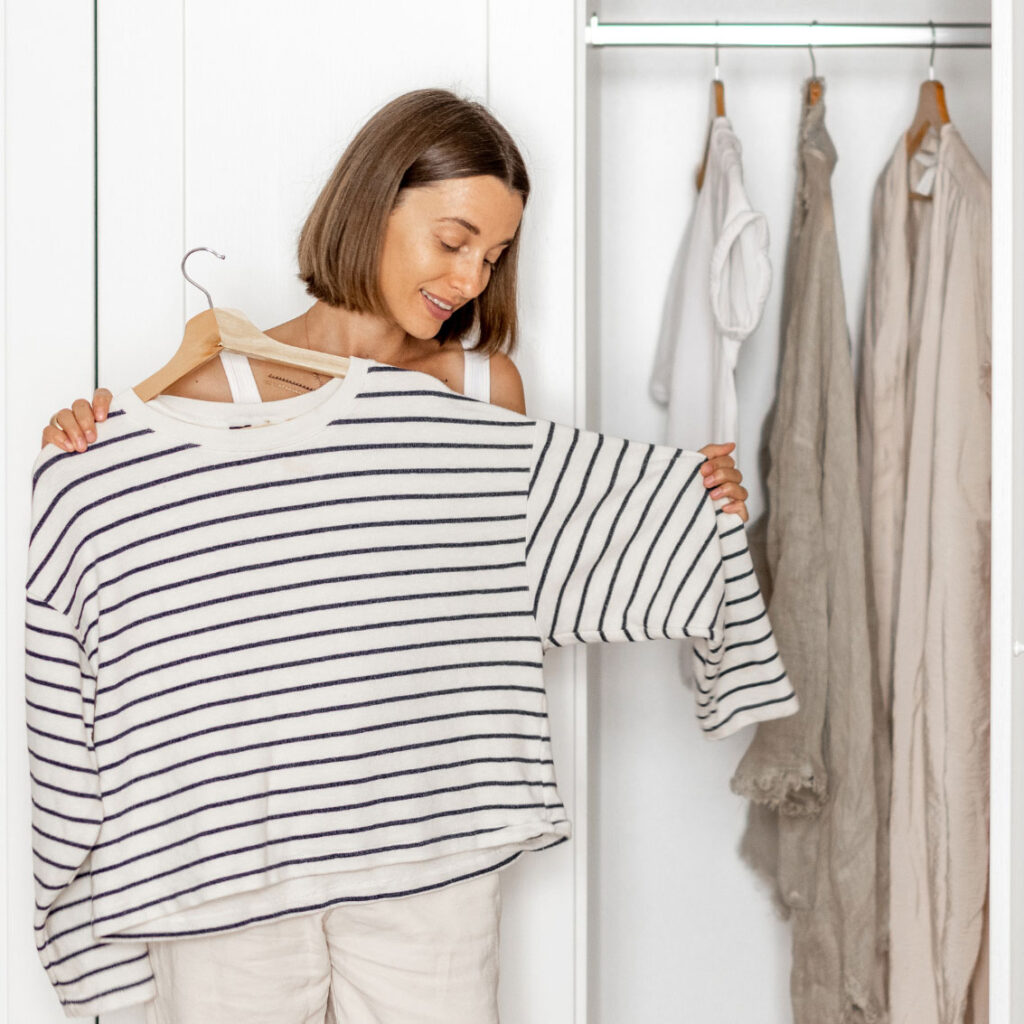What Should I Wear to My Physical Therapy Session?
For physical therapy, choose loose, comfortable clothing that allows for a full range of motion, along with supportive, closed-toe shoes. Athletic wear like shorts, leggings, or sweatpants paired with a breathable t-shirt is often ideal. Your outfit should let you stretch, bend, and move freely without restriction.
Wearing the right clothing not only helps you feel comfortable but also allows your therapist to access and evaluate the specific area being treated. This makes hands-on care, taping, or use of modalities (like ultrasound or electrical stimulation) much easier.
Why Clothing Matters
Your outfit can play a big role in your therapy progress. Wearing appropriate attire:
- Allows you to move freely during exercises
- Makes it easier for your therapist to evaluate and treat the affected area
- Helps prevent irritation or discomfort during movement
- Supports safety during balance or mobility training
General Clothing Guidelines
When preparing for therapy, here are a few essentials to keep in mind:
- Comfort first: Loose, breathable athletic wear works best. Avoid anything too tight or stiff.
- Layer up: Your body temperature may change as you move. A lightweight t-shirt with a zip-up hoodie or jacket gives flexibility.
- Accessibility: Wear clothes that make it easy to expose the area being treated (e.g., shorts for knees, tank tops for shoulders).
- Supportive shoes: Athletic sneakers with cushioning, arch support, and non-slip soles help you stay stable and safe.
Dressing for Specific Treatment Areas
Upper Body (Neck, Shoulders, Arms, Back)
- Choose a tank top or loose t-shirt that allows shoulder access.
- Tie back long hair to keep it out of the way.
- Women may find a sports bra more comfortable and practical.
Lower Body (Hips, Knees, Ankles, Feet)
- Wear shorts or flexible pants that can be rolled up.
- Avoid restrictive fabrics that limit bending or stretching.
- Bring supportive sneakers, especially if balance or gait training is part of your program.
Footwear Do’s and Don’ts
Your shoes are just as important as your clothing. Good options include running shoes or cross-trainers with proper cushioning.
Best Choices:
- Supportive athletic shoes with arch support
- Cushioned soles for comfort and shock absorption
Avoid
- Flip-flops, sandals, or heels
- Dress shoes or flats without grip
- Worn-out sneakers with no support
If your therapy involves foot or ankle care, your therapist may ask you to remove shoes for certain exercises.
What Not to Wear
A few things can make therapy harder than it needs to be:
- Tight or stiff clothing (like jeans or dress shirts)
- Heavy layers (bulky hoodies or sweaters)
- Excessive jewelry that may snag or get in the way
- Unsupportive shoes (flats, slippers, or heels)
- Strong perfumes or scents—sessions often involve close contact, and some people may be sensitive to smells
Extra Tips for Comfort
To get the most out of your session, consider these small but helpful details:
- Bring a water bottle to stay hydrated
- Pack a towel if your session includes exercise-based therapy
- Carry a change of clothes if you’re coming from work or errands
- Ask your therapist if you’re ever unsure—they’ll guide you based on your treatment plan
Book for Appointment
You're just one step away from relief!

![]()
